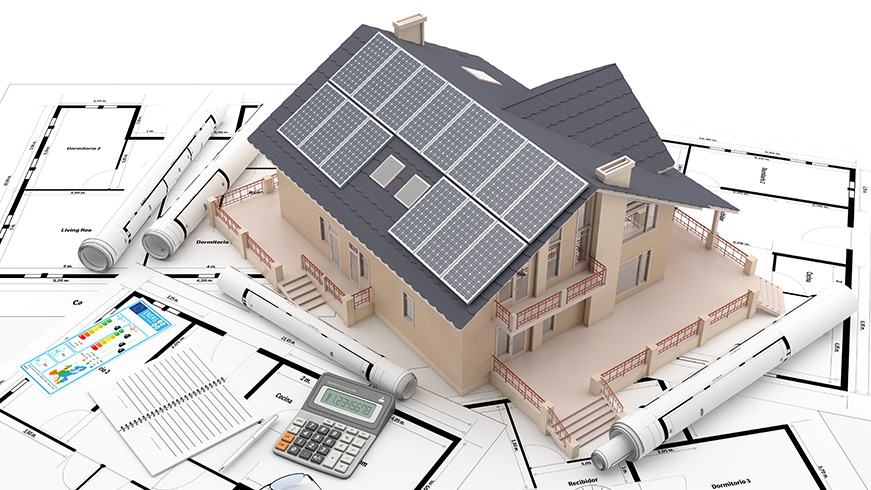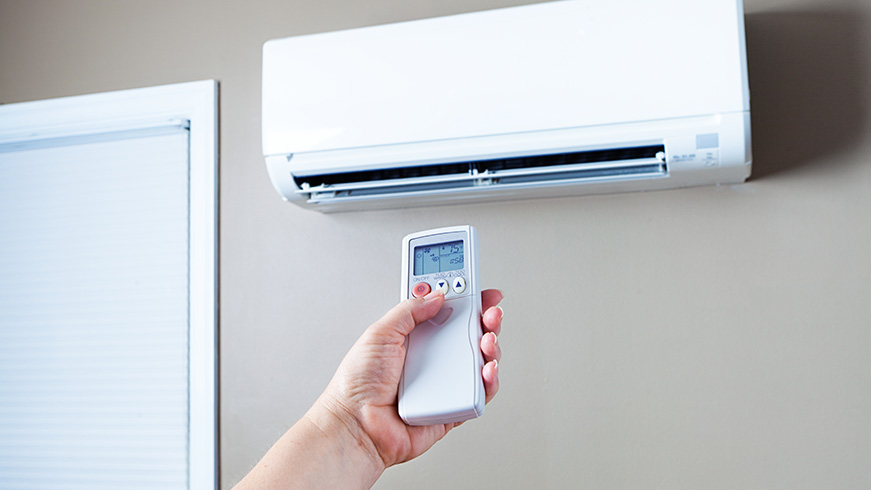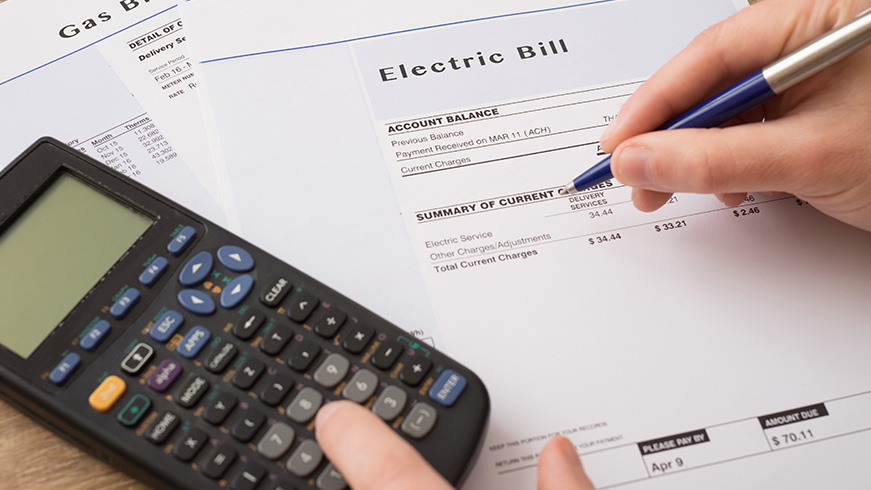Everyone in the modern world knows a large carbon footprint is detrimental to the environment. A well-known contributor to this footprint is travel. Whether by car or plane, if you’re burning fossil fuels, you’re hurting the environment. We regularly pump gas into our cars—an immediate reminder of our driving impact. Our home’s contribution to our carbon footprint is easier to forget. Every year, the typical American household produces 14,920 pounds of CO2. Households and businesses account for 12% of the United States’ greenhouse gas emissions, which is up by 11% since 1990. Everything from turning the lights on to showering to where we put our trash impacts our carbon footprint.
It’s pretty clear that the electricity you use enlarges your carbon footprint. The way you get your electricity, though, can change how big your footprint is. If the power plant that generates your electricity burns fossil fuels, you’re going to be pumping way more harmful emissions into the atmosphere than if you have solar panels on your roof or you get your energy from a wind farm. You can reduce your emissions with things like energy-saving light bulbs, proper insulation, and energy efficient appliances.
Appliances in your home are a large contributor to your carbon footprint, too. Outdated appliances that suck a lot of electricity will raise your energy bill and emissions output. Newer appliances, and particularly ENERGY STAR appliances, will lower your energy consumption and carbon emissions. Installations like your furnace and boiler can really increase your carbon footprint, so you should ensure that they are as efficient as possible.
Your water use also contributes more than you might think to your carbon footprint. Heating the water in your own home uses energy, and the wastewater treatment and purification plants also emit dangerous chemicals that are detrimental to the environment. To reduce these emissions, you can install water-conserving showerheads and toilets as well as do things like simply turning off the faucet when you’re brushing your teeth.
Recycling is a very easy way to lower your home’s carbon footprint. Things thrown in the trash are sent to a landfill to decompose, and that decomposition releases carbon into the atmosphere. This also means that more of those products have to be made to keep up with demand, releasing even more carbon. If all of this garbage could be recycled, it wouldn’t decompose and release carbon into the atmosphere, and we would save on the carbon from the creation of new products.
If everyone does their part to reduce their carbon footprint, we’ll take a huge step towards saving the planet.



